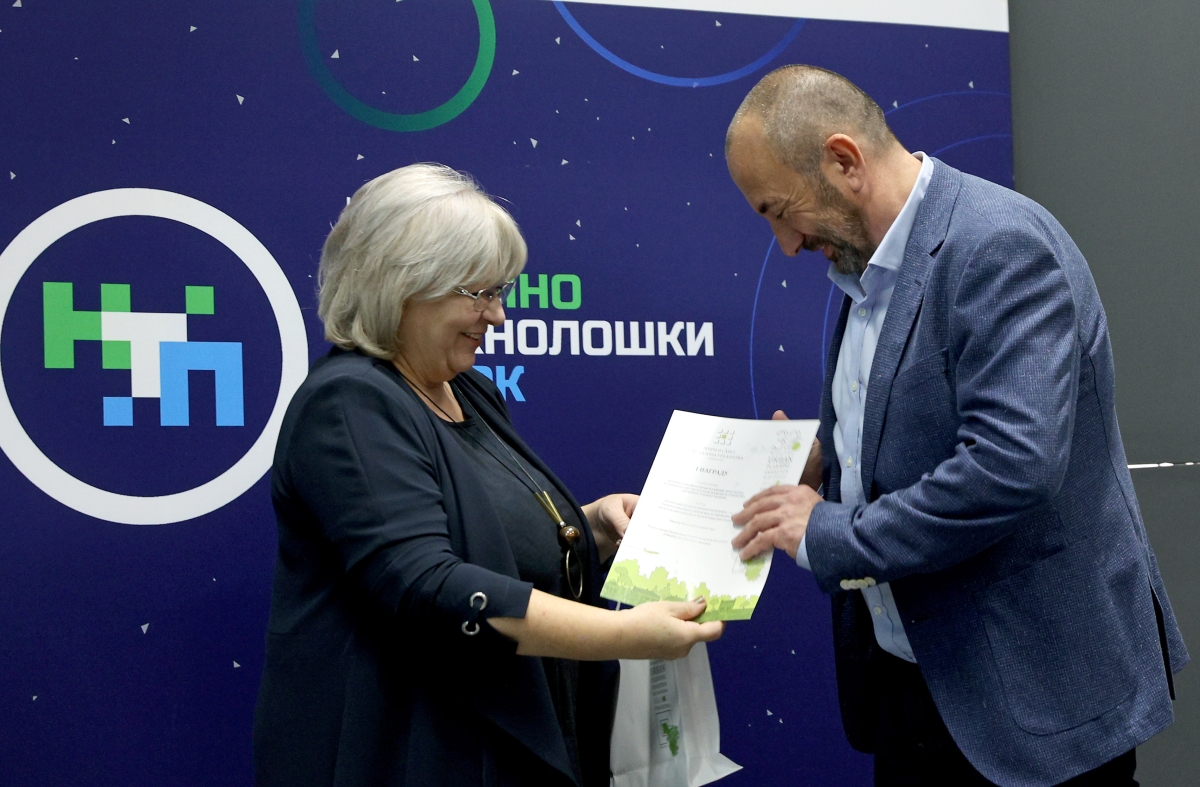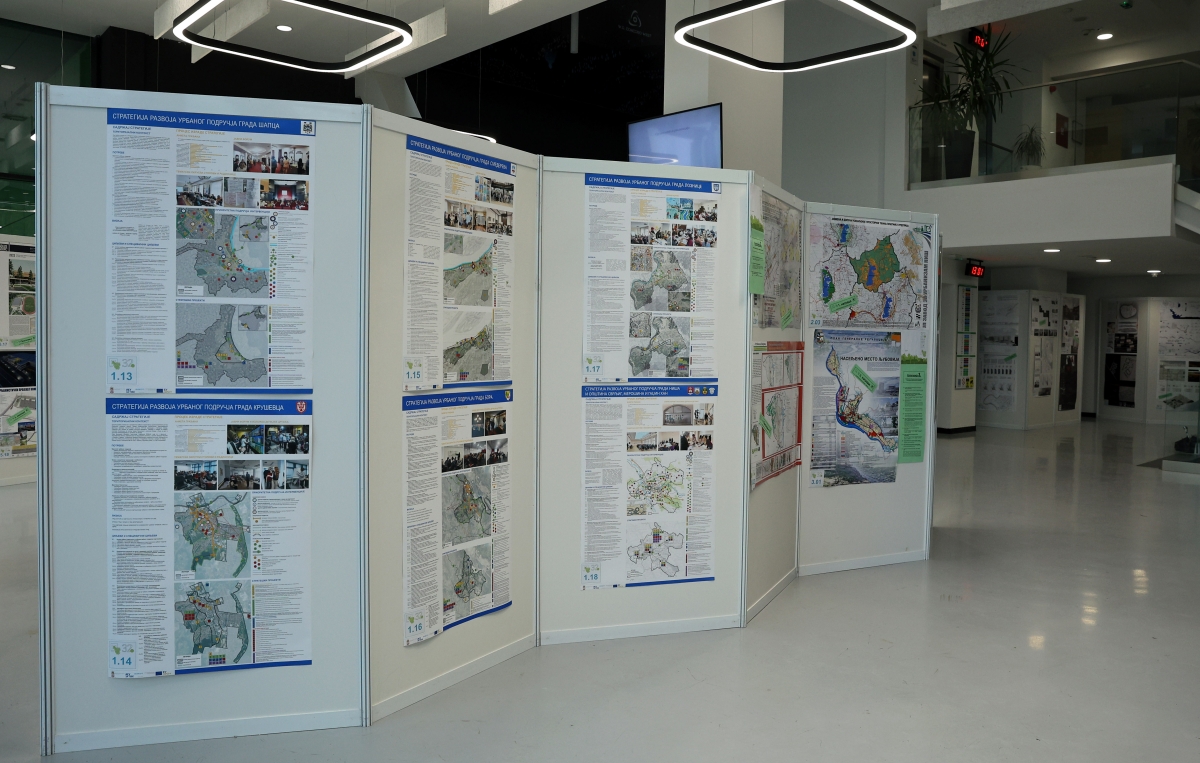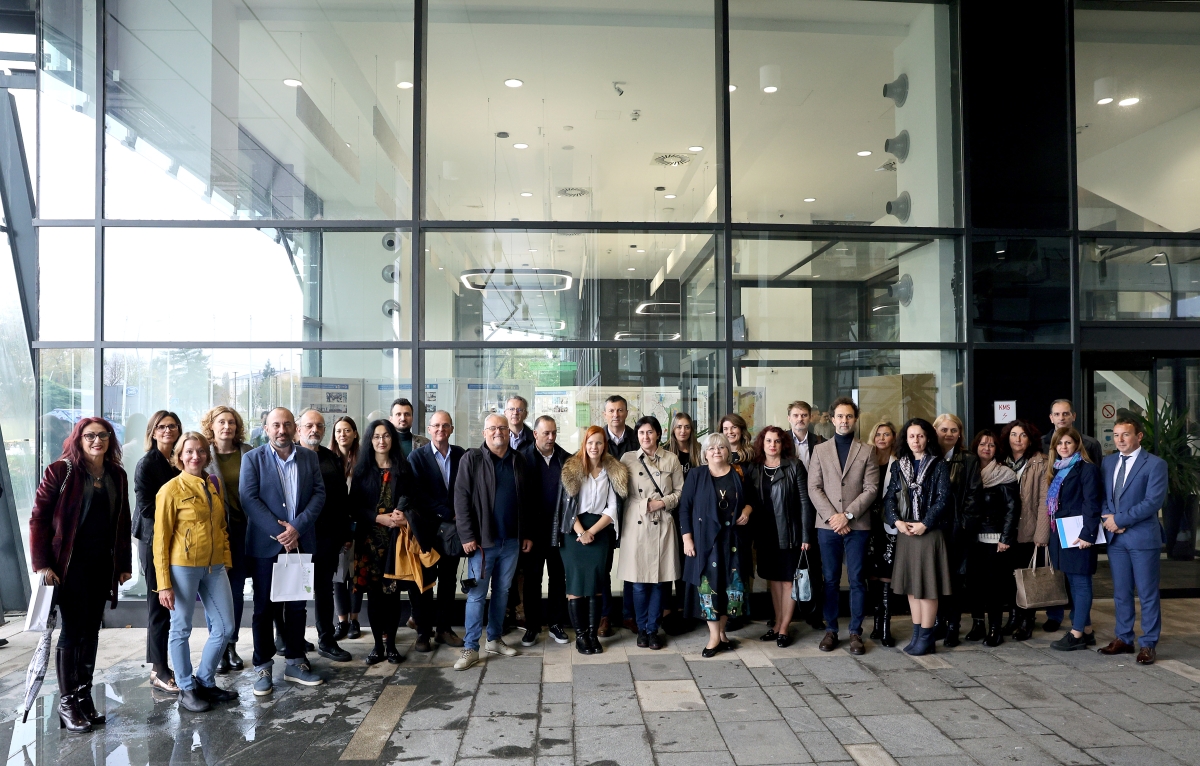Niš, 8 November 2023
Best among the best
This submission outlined the methodology and steps in developing twelve territorial strategies, with technical support from the EU PRO Plus programme. These strategies serve as the foundation for future development in these areas and facilitate the utilisation of European Union cohesion funds. Covering 31 local self-governments with a population of 1.6 million, the twelve territories include five broader urban areas and seven narrower urban areas throughout Serbia. Currently, five broader territories have territorial strategies: Kragujevac with the municipalities of Aranđelovac, Batočina, Кnić, Lapovo, Rača, and Topola; Niš with the municipalities of Gadžin Han, Merošina, and Svrljig; Pirot with the municipalities of Babušnica, Bela Palanka, and Dimitrovgrad; Užice with the municipalities of Bajina Bašta, Čajetina, Požega, and Priboj; and Zaječar with the municipalities of Boljevac, Кnjaževac, and Sokobanja. Additionally, seven narrower territories—urban areas of the cities of Bor, Кruševac, Leskovac, Loznica, Novi Pazar, Smederevo, and Šabac—were also involved in this process.
"This recognition underscores the importance of these territorial strategies in spatial and urban planning. We extend our gratitude to our partners from local governments, regional development agencies, and the active participation of all other relevant stakeholders, including civil society, the academic community, cultural institutions, and local communities, in developing these crucial strategic documents," explained Viktor Veljović, Manager of the Capacity Development Sector in the EU PRO Plus programme.



